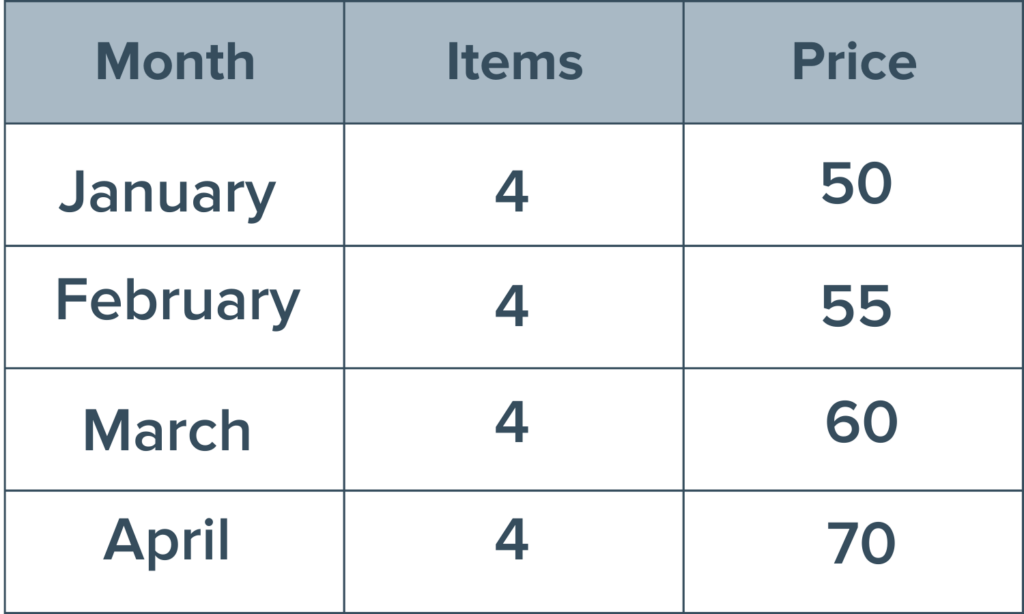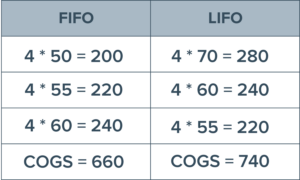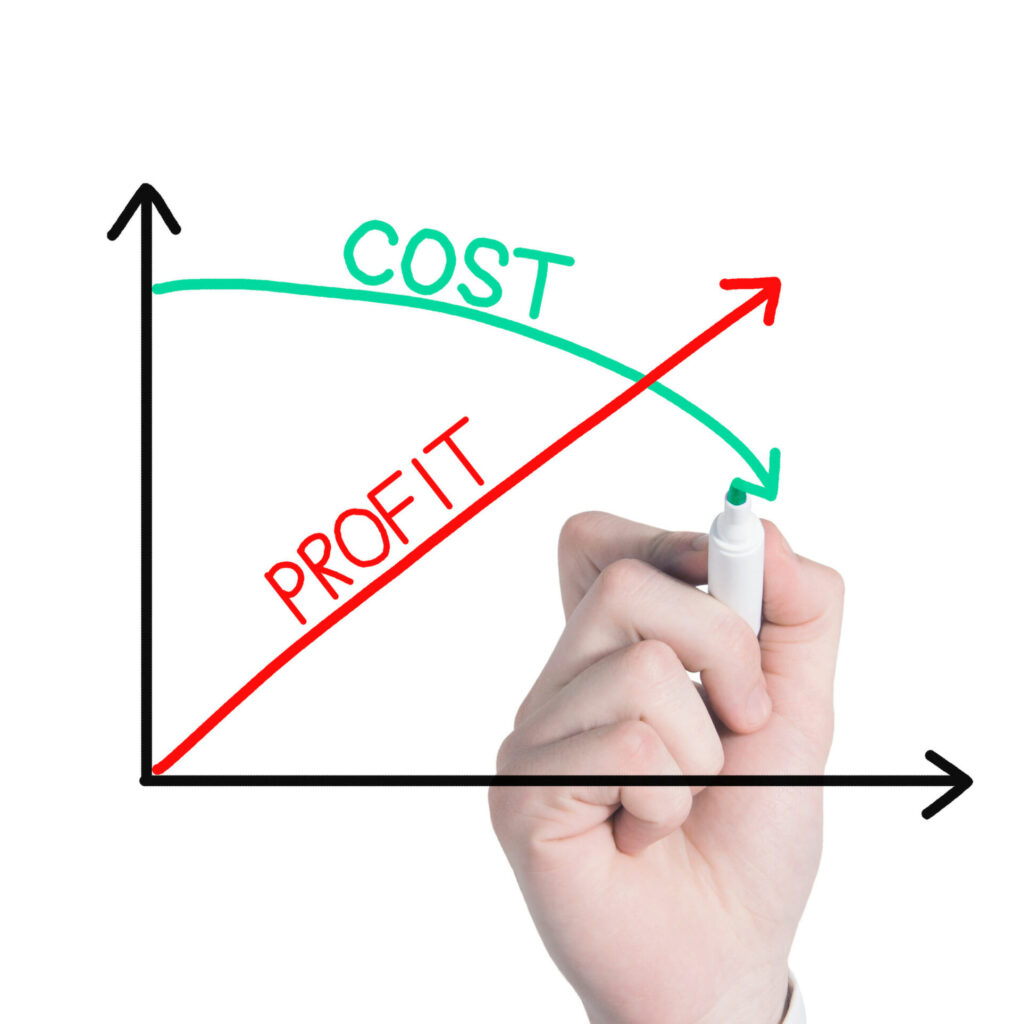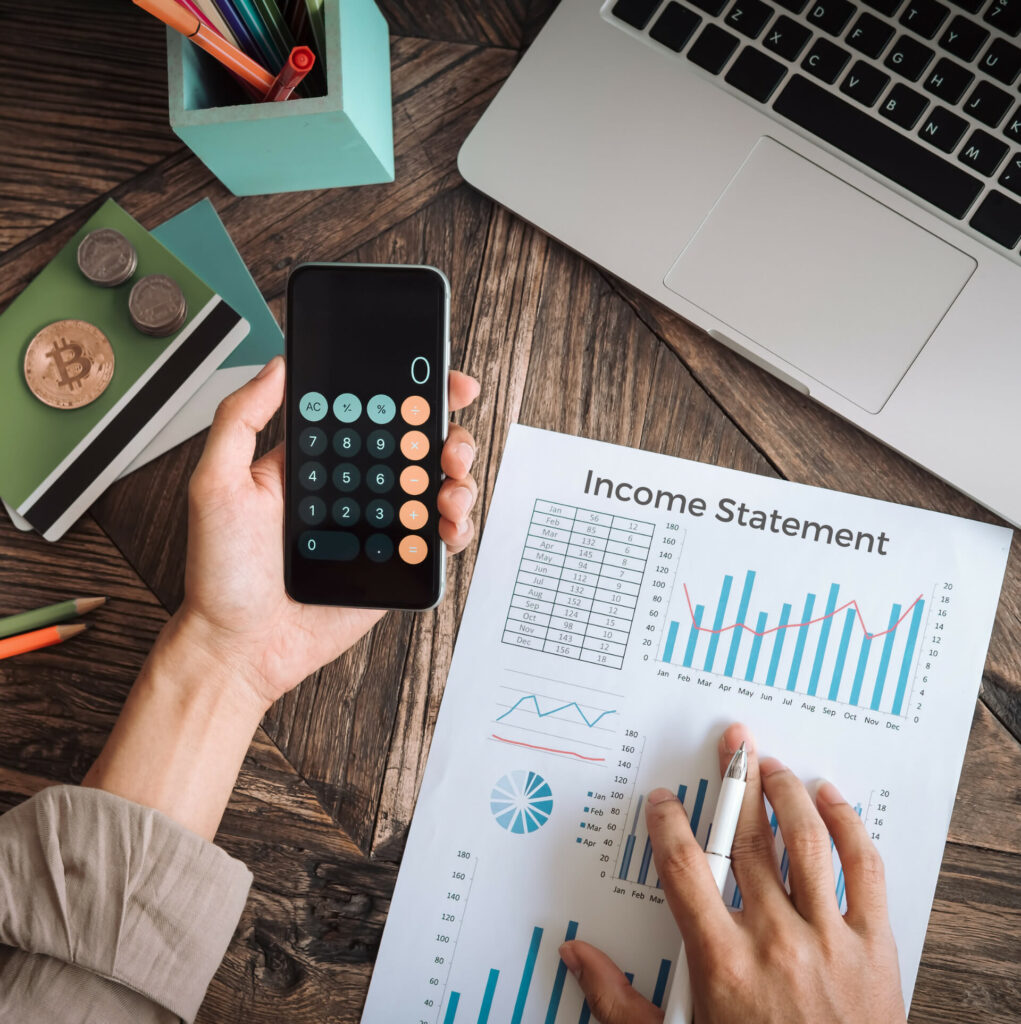Small business owners often grapple with the complexities of finances. Minimize stress and financial setbacks by exploring these five essential tips for small business accounting.
1. Keep Accurate Records
The first step to simplifying your business accounting is to keep accurate records. This means tracking all income and expenses, including proper documentation of invoices and receipts. Managing cash flow, preparing taxes, and making informed business decisions can be problematic without accurate records.
2. Separate Personal and Business Finances
Keeping business and personal accounts separate will drastically improve financial tracking and management for your company. One way to accomplish this is by opening a separate business bank account and obtaining a business credit card. Mixing personal and business finances may cause complications during tax season and result in inaccurate deductions. By separating expenses, you can accurately claim tax deductions for business-related costs, avoid discrepancies, and prevent costly penalties.
3. Monitor Cash Flow
Proper cash flow management is paramount for the survival and growth of any business. You must closely monitor cash flow to ensure sufficient funds to cover expenses, pay employees, and invest in the growth of your business.
By tracking cash flow closely, you can make informed decisions about hiring new staff, investing in new equipment, and marketing overhead. Additionally, you can identify areas where you can reduce expenses, negotiate better payment terms with suppliers, or increase revenue streams.
4. Outsource When Necessary
Outsourcing financial tasks, like hiring an accountant or bookkeeper, or using once-per-year tax services, can help manage finances efficiently, freeing time and ensuring accuracy. Outsourced professionals can also offer valuable advice for effective financial management, potentially saving money in the long term.
Understanding tax obligations, following IRS guidelines, and knowing available deductions are crucial for small business owners to avoid penalties and ensure compliance. Utilizing services like Liberty Tax and H&R Block, a bookkeeper or an accountant can provide the necessary assistance as your business grows.
5. Use Software
Finally, simplify your business finances with software like FINSYNC, designed for small businesses to create invoices, accept payments, track expenses, manage payroll, generate financial reports, and other tasks related to accounting and cash flow management.
Automation can significantly streamline your operations, reduce the risk of errors, and save time. One of the most significant benefits of automation is reducing time spent on data entry. Using software like FINSYNC, you can automatically import transactions from bank accounts and credit cards, eliminating tedious tasks like manually entering data into spreadsheets.
Furthermore, automation revolutionizes invoicing by tracking open invoices and ensuring prompt payments. Automatic invoicing sends alerts to customers when payments are due or late fees are applied, enhancing overall efficiency.
Conclusion
Managing small business finances does not need to be overwhelming. By employing appropriate tools, strategies, and resources, accounting becomes more accessible, saving you valuable time and money. Furthermore, hiring qualified financial experts like accountants and business coaches can help you alleviate stress and enjoy peace of mind knowing that everything is being handled properly.
Taking advantage of the latest technology can also make managing finances significantly easier, allowing you to focus on growing your business!
How FINSYNC Can Help
FINSYNC allows you to run your business on One Platform. You can send and receive payments, process payroll, automate accounting, and manage cash flow. To learn more about how we can help your business start, scale, and succeed, contact us today.



















